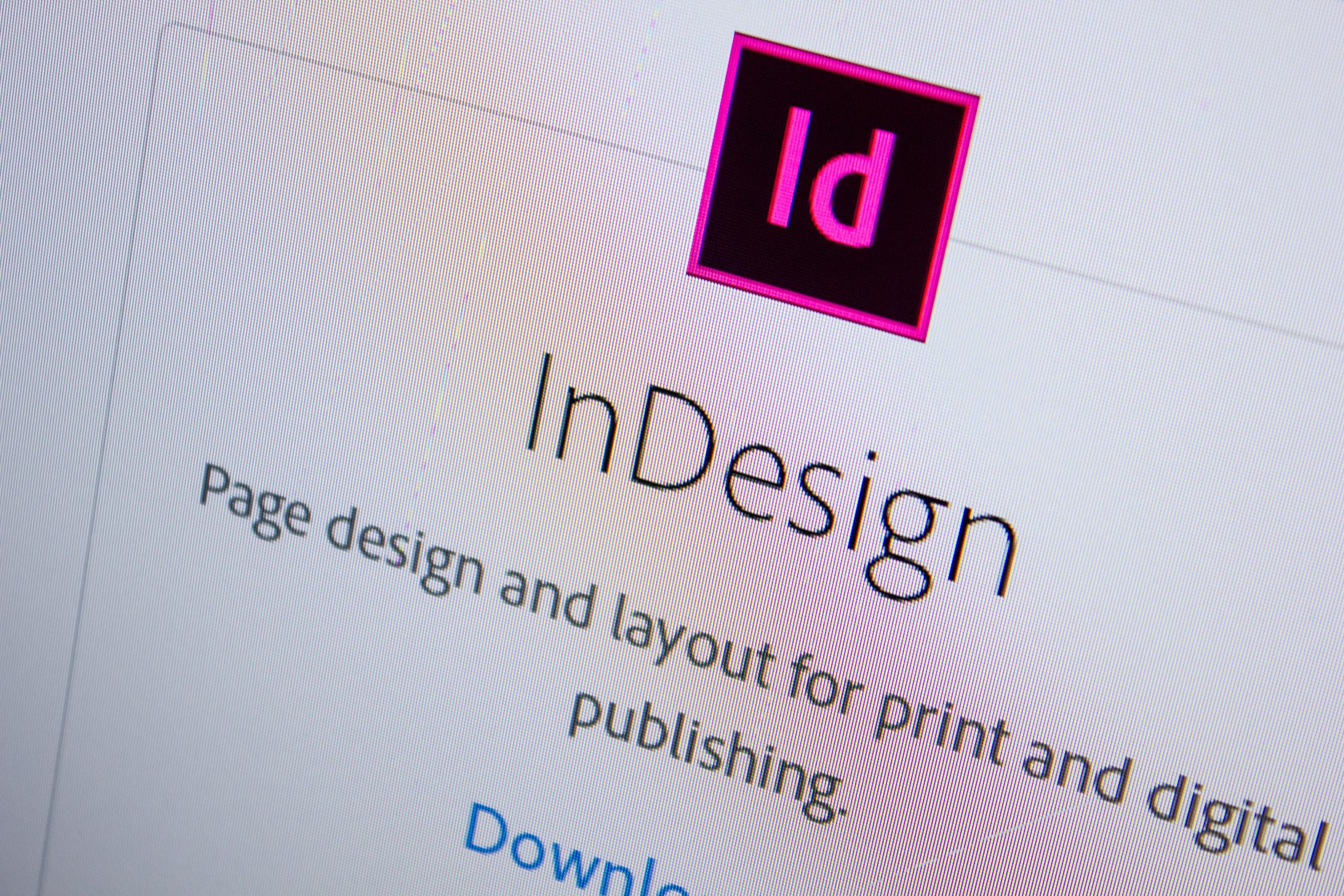Formatting with Professional Programs
Have you ever picked up a book and enjoyed just looking at it? You may not have recognized why, but if you learned something easily from a book, it’s likely because the design enhanced your comprehension of the material. Chances are high the designer used InDesign or Affinity Publisher to layout that book. That level of ultimate polish is accessible to indies.
InDesign is the industry standard for formatting publishing projects large and small. Affinity Publisher is a younger cousin that shares many of the same capabilities. Vellum, Draft2Digital, and Reedsy’s converters are helpful and quick and easy for authors to use. And, except for Vellum, are free. However, they have significant limitations that only InDesign, and possibly Affinity Publisher can handle.
We’ll cover the benefits of InDesign and Publisher in this article. You can check out the Vellum article in the Technology section for an in-depth look at it.
“With InDesign, there is no limit to page design. Black pages. Cool graphics. You have 100% control. No other program can offer that,” says Stephanie Anderson of Alt 19 Creative. Stephanie has been using InDesign from its inception and before that, used its predecessor, PageMaker.
Ease
While the learning curve can make the above statement raise some eyebrows, once you learn how to use these programs, tasks that once were laborious are now as easy as drag and drop. Master pages are one feature that simplifies specific formatting tasks. They act as a framework for a page. You can set them up and then drag them into place in your design. Templates, styles, scripts, and more perform tasks quickly and accurately with the click of a button that would normally take hours. The layout of the page you’re reading now was made with all these features to streamline the workflow each month and increase speed and productivity without compromising the beauty of the page.
“I can set the entire document up and place images through the master pages to populate the manuscript. … You can quickly clean up a manuscript just by running a script, instead of manually searching,” says Melissa Stevens, The Illustrated Author Design Services.
Control
“In today’s formatting world, some of the old school typesetting rules are thrown to the waste-side. Even traditionally published books suffer from runts, widows, and orphans to keep balanced pages. With InDesign, you have absolute control and can have balanced pages without widows, orphans, and runts … if you know what you’re doing!” says Stephanie.
With InDesign and Publisher, you have infinite control over the appearance of your manuscript, especially for print. You can easily change all aspects of the layout of your book. Access an unlimited number of fonts and import new ones easily. Create as many paragraph styles as you want and easily change between them with the click of your mouse.
You can create custom bulleted lists and finely tune the spacing of all elements to suit your taste. You can specify the table of contents, with multiple levels—easily handling parts and chapters. Perfect for nonfiction, epic tales, and omnibuses.
Those full spread chapter images you’ve seen? Easy! You can coordinate the fonts with your cover for a truly cohesive and professional result.
You can also balance the pages without widows, orphans, and runts. This process is how a designer ensures that facing pages are exactly the same length. A truly professional touch that no other software can duplicate.
You have complete control over hyphenation settings. You can set how many, where, how to split words, etc. Justification of the text, letter kerning, and the leading between lines are adjustable for the best readability.
Melissa Stevens told us, “The possibilities with InDesign are almost limitless. I feel like this program gives me the control I need to create the best interior I can. It is literally made for layout. … InDesign, when used correctly, will create a professional interior, comparable to trad[itionally] published [books]. Or...as I like to think, even better than trad.”
Flexibility
If you want to create a truly custom book, you can do so with either of these powerhouse programs. You can choose whatever trim size you want, and can find a printer to print for you. You can have a horizontal layout or vertical.
Both InDesign and Publisher can handle any type of book that you wish to create. Children’s books with full spread images on every page? Yes. Complex non-fiction with lots of images, call out boxes, indexes, etc.? Yes. Elegant novels that are a joy to read and immerse the reader in your world? Yes.
Complexity
Nonfiction books are one area where InDesign and Publisher really shine. Multiple sections and types of sections are no problem. Images, illustrations, and figures with captions work well. Endnotes and footnotes are handled with ease, although currently for the latter, you’ll need InDesign rather than Publisher.
Cookbooks require complex formatting and are a good example of the power of InDesign and Publisher. We completely designed this magazine in InDesign, which allows for the text to artfully wrap around images, fill specific spaces, and change color for emphasis. Our template and styles give consistency throughout the publication for a professional polish.
Melissa Stevens can give her author clients an extremely personalized interior. They are a work of art, rich with detail that assists the reader to be fully engrossed in the story. She said, “One of my favorite comments I receive is, 'I keep finding more details! Each time I look at (the cover, interior, map, etc.), I find more.’” For that level of detail and complexity, you’ll need the power of InDesign or Publisher.
Image heavy books
If you’re a children’s book author, you’ll only find the control and capability for whimsical text alignment within InDesign and Publisher. Text on a curve? Yes. Full bleed images will be no difficulty for you to accomplish.
Quick conversion to large print
With proper use of the paragraph styles, it is easy to duplicate your file and change your text sizes to create a large print edition. Change a couple styles, and if you’ve set them up properly, the rest will increase as well. Then you’ll just need to rebalance the pages for a more accessible print version that may help you get your book into libraries.
Full wrap for print
While designers often create the front cover in Photoshop or Designer, creating an InDesign template to fit the KDP template gives you the same control over your back cover text. In InDesign, you can create your front, back, and spine as three separate pages, which allows you to fine tune the spine width perfectly when the interior is fully formatted. You can use the same fonts and styles as in the interior if you so choose.
While the other options discussed in this issue work well, if you are frustrated with their limitations and long for more control and creativity, we recommend you give InDesign or Affinity Publisher a try, or find a designer who uses one of these powerhouse tools. Both have many resources available to you online, just search for what you’re wanting to do with the program name, and articles and videos will be available.
With many thanks to:
Melissa Stevens, The Illustrated Author Design Services, www.theillustratedauthor.com
Stephanie Anderson, Alt 19 Creative, https://alt19creative.com/resources/

